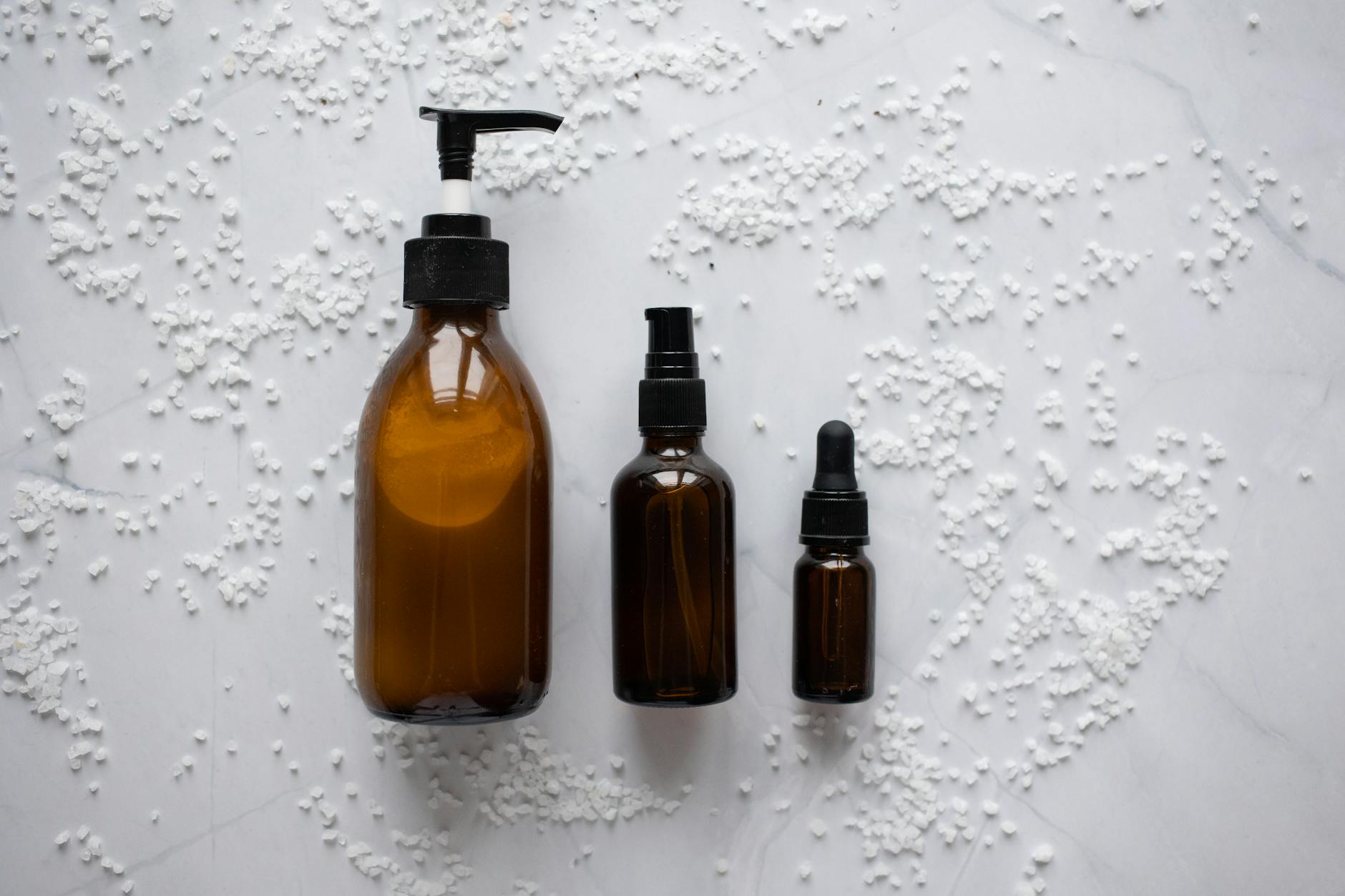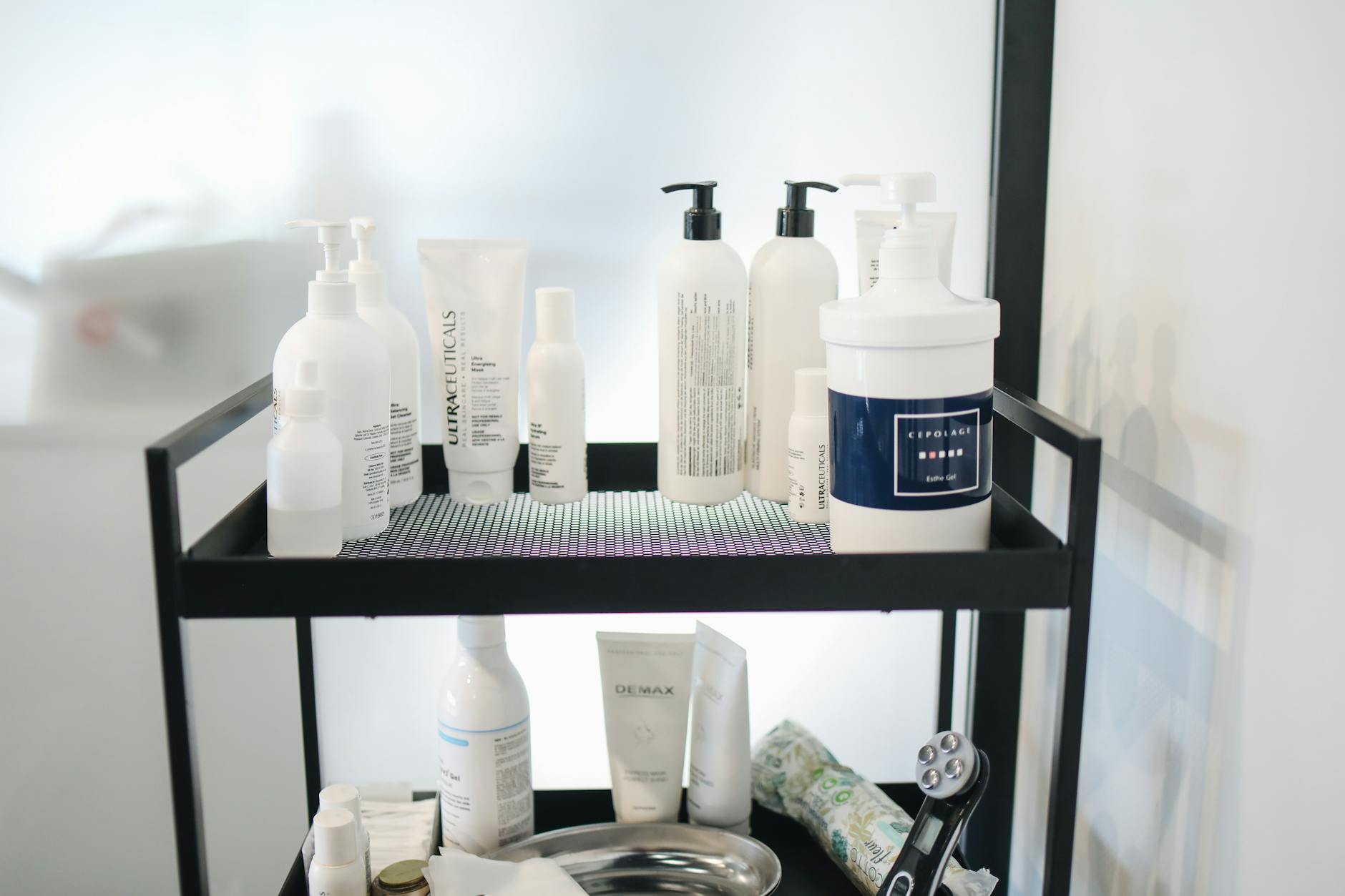Why Switching to Safer Sunscreens Is Crucial for Australia's Reefs

Impact of Chemical Sunscreens
Coral Bleaching and Chemicals
Chemical sunscreens are not just a concern for human health but pose a significant threat to the vibrant life beneath the surface of our oceans. Ingredients such as oxybenzone and octinoxate are known contributors to coral bleaching, an intense stress response in coral reefs like those found in the Great Barrier Reef Marine Park. To protect marine ecosystems, it's essential to choose reef safe sunscreen, which avoids harmful chemicals and supports coral conservation. These chemicals can increase a coral's susceptibility to high temperatures, causing them to expel the algae living in their tissues, leaving them white and lifeless.
Marine Toxicity Concerns
Beyond coral bleaching, these chemicals also wreak havoc in marine ecosystems by accumulating in the water column and sediments of reefs. Marine organisms, including fish and plankton, ingest these chemicals, which can disrupt their hormonal systems and impair reproductive success. As a result, the delicate food web is put under threat, leading to reduced biodiversity. This is a topic often discussed at Reef Teach in Cairns, where conservationists strive to educate the public on sustainable marine practices.
Disruption of Marine Life Cycles
The disruption does not stop at bleaching and toxicity. Marine life cycles are also at stake, as the altered reproduction and growth rates in marine animals can affect species populations. If we wish to protect our marine environments and inspire the public to join us, promoting the widespread adoption of alternatives like reef-safe sunscreens is essential. This small change could have a significant impact on preserving the marine biodiversity Oliver Thompson, and others, work tirelessly to protect.
Benefits of Safer Sunscreens
Ingredients Friendly to Reefs
As a marine conservationist, I grapple with the impact of harmful sunscreens on our beloved reef systems. Zinc sunscreen is an excellent alternative as it doesn't leach harmful chemicals into the ocean. Unlike oxybenzone, zinc oxide does not contribute to coral bleaching. Its mineral-based formulation acts as a barrier on the skin, effectively reflecting UV rays without penetrating and harming coral DNA. When talking with colleagues about the Great Barrier Reef Marine Park, zinc sunscreen is the default choice, revered for its non-toxic composition.
Positive Effects on Marine Biodiversity
Switching to reef-friendly sunscreens has significant benefits beyond coral conservation. Healthier coral systems provide habitat and food for myriad marine organisms, from tiny shrimp to majestic sea turtles. By advocating for safer sunscreen ingredients, we can protect a vast array of marine biodiversity. It's a change that starts with each one of us, ultimately benefiting entire marine ecosystems, creating a harmonious balance in places like the Reef Teach in Cairns.
Environmental Recovery Potential
Embracing safer sunscreens can act as a catalyst for environmental recovery. When consumers choose products that reflect a commitment to marine health, it sends a powerful signal to industries to adopt sustainable practices. By shifting our sunscreen choices, we can inspire a broader market transition towards products that genuinely care for nature. It's a vital step that can foster long-term healing and resilience in our marine habitats.
How to Choose Reef-Safe Options
Identifying Harmful Ingredients
When considering the protection of Australia’s remarkable marine ecosystems, it's important to understand the potential risks posed by certain sunscreen ingredients. Particularly, oxybenzone and octinoxate have garnered attention for their detrimental effects on coral reefs. Laboratory studies reveal that these substances can cause coral bleaching even at low concentrations. It's crucial that we examine product labels carefully to avoid these chemicals, given their impact on the ecological health of places like the Great Barrier Reef Marine Park.
Reading Labels Accurately
Deciphering sunscreen labels can be challenging, but a few key terms can point you in the right direction. Look for phrases like "reef-safe" or "reef-friendly," though be cautious, as these claims aren't regulated and may not fully guarantee safety. Opt for mineral-based sunscreens that contain active ingredients such as zinc oxide or titanium dioxide, as these are generally considered safer for marine environments. Selecting products verified by reputable organisations ensures they do not contain harmful chemicals.
Understanding Certifications
Certifications can provide a level of assurance about the environmental impact of a sunscreen. For example, certifications from sustainable and eco-conscious bodies indicate rigorous testing and adherence to environmental guidelines. Understanding these certifications not only helps make informed decisions but also supports global efforts to protect our oceans.
Incorporating these selection strategies, along with other protective measures like the proper use of baby sunscreen, aligns our actions with a commitment to preserving vital ecosystems like those near the Great Barrier Reef.
Best Practices for Consumers
Application Guidelines
When it comes to selecting and using sunscreen, especially with kids sunscreen, it's crucial to apply the correct amount for effective protection. Start by using a teaspoon-sized dollop for each limb and the face, and at least a shot glass worth for the rest of the body. Reapply every two hours, particularly if you've been swimming, to maintain protection without harming the marine habitats of cherished sites like the Great Barrier Reef Marine Park.
Alternatives to Sunscreen
Sometimes, going beyond sunscreen can offer extra layers of protection for both our skin and marine life. Consider wearing long-sleeve rash guards designed for sun protection, which provide a physical barrier without contributing to chemical buildup in the ocean. These garments are especially handy during snorkelling or kayaking trips in regions rich in biodiversity like the reefs near Cairns Botanic Gardens.
Protecting Marine Environments
The way we treat our oceans extends far beyond personal sunscreen choices. Building an eco-friendly routine can start with simple adjustments. Opt for shade during peak sun hours, and educate others about the profound impacts chemical sunscreens have on coral ecosystems, drawing from insights gathered from places such as Reef Teach in Cairns. Collectively, these small changes can contribute to a larger positive environmental shift.
Overcoming Challenges
Addressing Public Skepticism
Navigating the sea of public skepticism about reef-safe sunscreens is crucial. Many folks from around Cairns and beyond often question the effectiveness of these products compared to standard options. To tackle this, we should elevate our collaboration with credible institutions like Reef Teach and raise awareness about the scientific basis supporting the effectiveness of reef-friendly sunscreens. Engaging local communities through workshops could transform doubt into trust, showing that protecting the Great Barrier Reef Marine Park need not come at the expense of personal safety.
Combating Greenwashing
Greenwashing remains a pervasive challenge, often obscuring genuinely effective products amidst misleading claims. As conservationists, we must advocate for greater transparency and regulated labeling practices. Organising seminars at places like the Cairns Botanic Gardens to demonstrate how to decipher claims can equip consumers with the tools to sift through misleading marketing. Spotting authentic certifications on sunscreen bottles is one way to ensure your purchase supports both your skin and Earth's reefs.
Raising Awareness and Advocacy
Fulfilling our duty to the majestic ecosystems of the Great Barrier Reef calls for robust advocacy effort. Harnessing the power of social media platforms, I urge you to share facts and statistics highlighting the impact of safer sunscreens on marine biodiversity. Additionally, engaging in local beach clean-ups not only aids environmental recovery but also sets a strong example for others. Fostering a community keen on protecting marine environments begins with informed individuals, ready to act and advocate for the underwater wonders we cherish.


